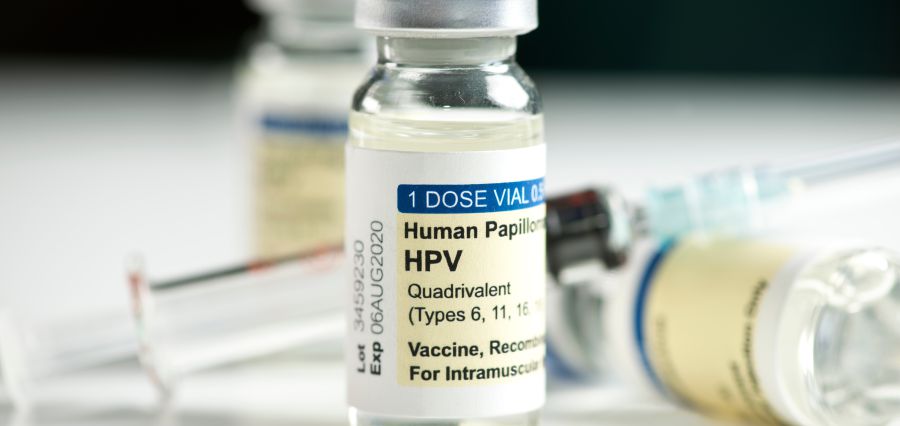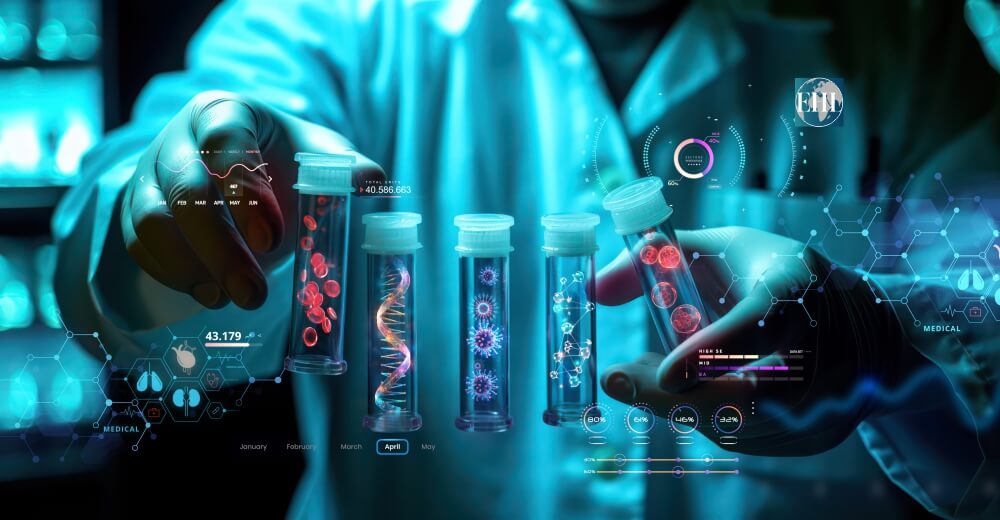Green Pharma
Pharma businesses are the primary architects of human health, but they leave a defining environmental footprint. Water and electricity are used in record amounts in research, production, and delivery, and chemical byproducts, greenhouse gases, and plastic packaging are the leftovers. As people begin to focus on sustainability, Green Pharma emerged as a revolutionary approach that marries healthcare innovation with earth consciousness. Green Pharma is interested in the integration of green practices into drug production, maintaining environmental pressures at a low level, and making sure that medicine development would never contribute to making the world a worse place.
The Environmental Challenges of Pharma Manufacturing
Pharmaceutical production by its very nature demands an excess of materials. Synthesis of chemicals using large molecules usually means many steps, lots of solvent, and lots of catalyst with lots of non-renewable source. Waste product generation is also an issue, some of which is toxic or bioactive molecules that destroy ecosystems when they are released without treatment. Also, the whole world chain of drug supply—raw material recovery to end product distribution—releases carbon in the form of energy consumption and transportation.
Usage of water is also a matter of concern. Water is utilized extensively in the production units to prepare, clean, and cool. It puts additional loads on already limited regions of water. These are concerns that illustrate the reasons why the industry has to change by alteration of their practice and a transition towards greener methods.
Principles of Green Pharma
Green Pharma is governed by three basic principles: efficiency, safety, and sustainability. Efficiency means minimizing resource utilization in such a way that more is done. Safety means making human health and the environment devoid of the threat of harmful chemicals through minimization. Sustainability is about long-term goals that enable drug research without depleting natural resources or resulting in irreparable damage.
These tenets encapsulate the overall philosophy of green chemistry, that is, to inform process design for waste minimization, avoidance of hazardous materials, and use of renewable materials to the maximum level. Applied to the pharmaceutical sector, they present new opportunities to cleaner production and green innovation.
Sustainable Manufacturing Practices
- Green Chemistry Innovations
Green chemistry is being utilized at the hub of sustainable drug making. Scientists are increasingly replacing toxic solvents with biodegradable solvents or water-based solvents. Catalysts that utilize natural materials are being investigated to cut down on heavy metal use. In addition, “one-pot” reactions—are multiple operations integrated within a single vessel—are cutting down on solvents and energy loss.
- Waste Reduction and Recycling
Waste minimization measures include recycling of solvents, recovery of excess raw material, and loop processes. Others are adopting new separation and filtration technology to treat wastewater on the site such that lethal residues never reach natural water bodies. Industry is transforming waste into a recyclable product in a bid to cut costs and minimize its impact on the environment.
- Energy Efficiency
Pharmaceutical facilities tend to be running continuously, so energy usage is a significant cause of emissions. Swapping over to solar and wind power, along with energy-efficient equipment and intelligent monitoring systems, can significantly minimize carbon emission. Technology such as continuous manufacturing—where manufacturing flows continually instead of in individual batches—is also optimized for energy use alongside increasing product quality.
- Sustainable Packaging
Packaging is also getting better. The industry is moving towards reusable packaging material, biodegradable plastic, and low-material minimalist packaging to reduce waste in abundance. Certain companies are piloting reusable delivery systems for certain medications, eradicating an entire single package.
- Water Conservation
Water stewardship programs are in the pipeline with organizations implementing closed-loop water recycling systems as well as new cleaning technology. Organizations in arid areas are piloting dry cleaning technologies that replace traditional water-using washing methods. These projects not only conserve water but also reduce chemical detergent consumption.
The Role of Digitalization
Pharmaceutical companies are also being aided by digital technologies to become greener. Machine learning and artificial intelligence are used to develop better chemical processes, as well as predict potential waste yields. Digital twins, or virtual models of the manufacturing systems, allow companies to try out changes before implementing them at the physical level and saving time and money. Automated monitoring systems ensure optimal energy and water usage, and stringent product quality checks.
Benefits of Green Pharma
Going green in the production mode is not merely a moral imperative but also a business tactic. It saves businesses money by reducing materials and energy waste. They gain better brand reputation, with green-thinking consumers and investors as an added benefit. It is easier to meet environmental rules if sustainability has already been established in the processes in the first place.
Most significantly, Green Pharma supports action globally towards preventing loss of resources and climate change. By connecting health and the preservation of the environment, the sector ensures that generations to come enjoy medical advancements without compromising the health of the earth.
Conclusion
The pharma sector is at an era where the development of medicine is coupled with the need for sustainability.
Green Pharma is an exciting green future pattern of green chemistry, energy efficiency, reduced waste, and digital technology all converging to offer green manufacturing processes. While there is a problem remaining, the momentum generated towards going in the greener direction is such that the industry can own up to how it affects the earth presently. If pharma industries turn greener now, they can make this world a healthier world for mankind and the earth.










